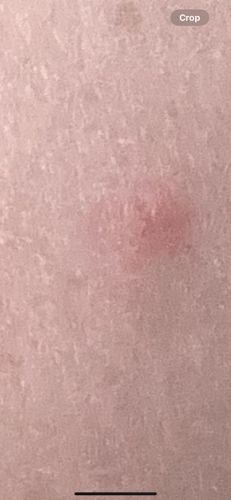Mosquito
Scientific Name: Various genera, e.g., Aedes, Anopheles, Culex
Order & Family: Order: Diptera, Family: Culicidae
Size: 3-6 mm (0.12-0.24 inches)

Natural Habitat
Mosquitoes are found worldwide in various habitats, especially in warm, humid regions with stagnant water sources such as ponds, marshes, ditches, containers, and even small puddles.
Diet & Feeding
Female mosquitoes feed on blood to obtain protein for egg development, while both male and female mosquitoes feed on nectar, plant sap, and other sugar sources for energy.
Behavior Patterns
Mosquitoes are most active during dawn and dusk but can bite at any time. Females require a blood meal to produce eggs, which are laid in or near water. Larvae develop in water, feeding on organic matter, and then pupate before emerging as adults.
Risks & Benefits
Mosquitoes are vectors for numerous diseases including malaria, dengue fever, Zika virus, West Nile virus, chikungunya, and yellow fever, posing significant health risks to humans and animals. While they serve as a food source for some animals (e.g., birds, bats, fish), their primary impact is negative due to disease transmission.
Identified on: 9/4/2025